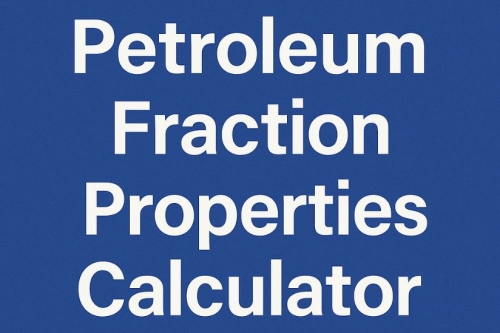Introduction
Equivalent Circulating Density (ECD) is a crucial concept in the realm of drilling engineering and wellbore management. It plays a significant role in maintaining well integrity, preventing blowouts, and ensuring efficient drilling operations. In this article, we will delve into the fundamentals of Equivalent Circulating Density, its calculation, importance, and its impact on drilling processes.
Understanding Equivalent Circulating Density
Equivalent Circulating Density, often abbreviated as ECD, refers to the density of the drilling fluid while the well is being circulated. It takes into account the hydrostatic pressure exerted by the fluid column in the wellbore as well as the frictional pressure losses that occur during circulation. ECD is a critical parameter as it directly affects the wellbore's stability and the potential for formation damage.
Calculation of Equivalent Circulating Density
The calculation of ECD involves several components, including the weight of the drilling fluid, the annular velocity of the fluid, and the pressure losses due to fluid friction. The formula for calculating ECD is as follows:
ECD = (Pf + Pp + Phf) / 0.052
Where:
ECD is the Equivalent Circulating Density in pounds per gallon (ppg) or kilograms per cubic meter (kg/m³)
Pf is the hydrostatic pressure exerted by the fluid column (pressure gradient) in ppg or kg/m³
Pp is the pressure gradient due to the pump pressure in ppg or kg/m³
Phf is the pressure gradient caused by frictional losses in ppg or kg/m³
The constant 0.052 is used to convert the pressure gradient from psi/ft to ppg.
Importance of Equivalent Circulating Density
Maintaining the proper ECD is vital for several reasons:
Wellbore Stability: The ECD must be carefully managed to prevent wellbore instability issues such as lost circulation, differential sticking, and wellbore collapse. High ECD can lead to formation damage and costly operational delays.
Kick and Blowout Prevention: Proper ECD helps to control formation pressures and prevents kicks (uncontrolled influx of formation fluids) and blowouts (uncontrolled release of fluids to the surface), enhancing overall well safety.
Formation Protection: Managing ECD is crucial to avoid fracturing or damaging the formation being drilled, which can compromise the reservoir's productivity.
Coring Operations: During coring operations, maintaining a consistent ECD is crucial to avoid core damage and to obtain accurate geological samples.
Factors Affecting ECD
Several factors influence ECD, including the rheological properties of the drilling fluid, flow rate, wellbore geometry, and the presence of downhole tools. Thicker drilling fluids or higher flow rates can lead to higher ECD values.
Conclusion
Equivalent Circulating Density is a fundamental concept that drilling engineers and well operators must understand and manage effectively. By calculating and controlling ECD, drilling operations can be conducted safely, efficiently, and with minimized formation damage. Proper ECD management contributes to overall well integrity and successful drilling outcomes.

%20(1).png)



